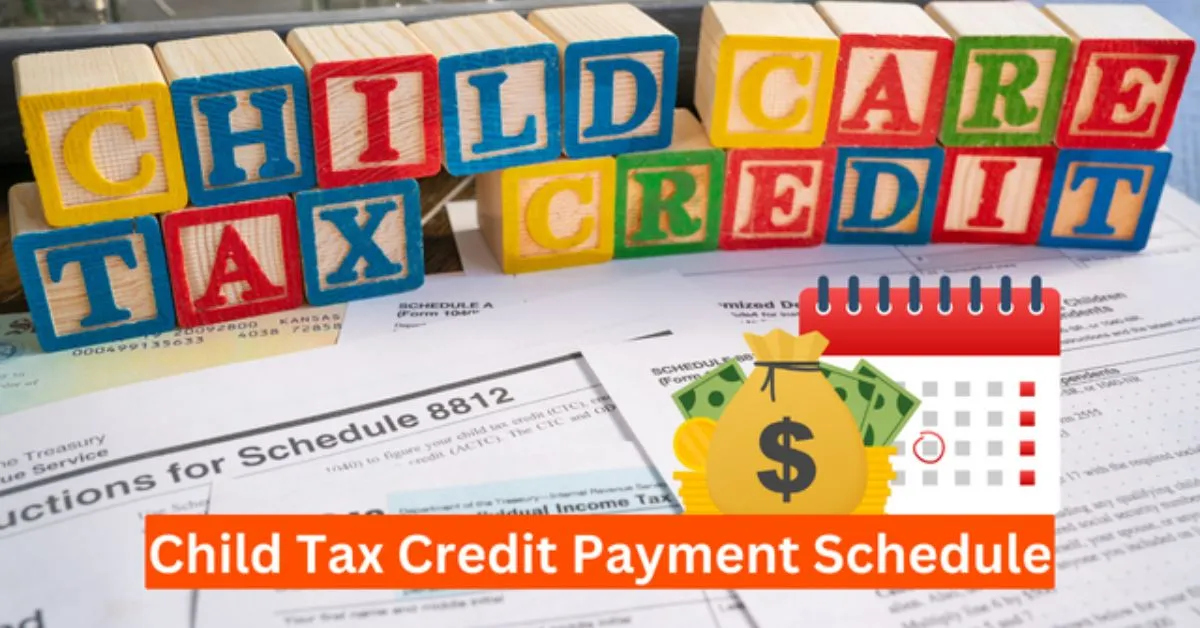The topic of student loans has been at the forefront of national discussions, especially in recent years. With the rising cost of education and the increasing number of students taking out loans, it’s no surprise that this issue is of paramount importance. This article delves into the latest developments surrounding student loans, with a special focus on the initiatives announced by the Biden administration and other relevant sources.
Biden’s New Actions for Debt Relief
In June 2023, President Biden announced a series of actions aimed at providing debt relief and support for student loan borrowers. The White House emphasized the administration’s commitment to ensuring that education is accessible and affordable for all Americans. Among the key highlights:
Debt Relief Initiatives: The administration has taken steps to streamline the process for borrowers, ensuring they have the necessary information and tools to manage and reduce their debt. This includes the introduction of new programs that offer loan forgiveness for certain professions and public service roles.
Support for Borrowers: New measures have been introduced to provide borrowers with more flexible repayment options, safeguarding their financial well-being. This includes income-driven repayment plans, which adjust monthly payments based on the borrower’s income and family size.
Changes to Expect in Student Loan Repayments
As reported by CNBC in August 2023, student loan payments are set to resume in October. Borrowers should be aware of four major changes:
Revised Payment Amounts: Depending on the borrower’s current financial situation, monthly payments might be adjusted. This is crucial for those who might have faced financial hardships during the pandemic.
Enhanced Communication: Loan servicers are expected to provide clear and timely communication to borrowers about their loans. This is to ensure that there are no surprises when payments resume.
Additional Relief Options: For those facing financial hardships, additional relief options might be available. This includes deferment and forbearance options, which can temporarily pause or reduce payments.
Interest Accrual: Borrowers should be aware of how interest will accrue once repayments resume. It’s essential to understand how this can impact the total loan balance over time.
The Impact of Resuming Payments
With federal student loan payments resuming for the first time since 2020, there’s a mix of anticipation and anxiety among borrowers. Various sources, including NPR and the Bipartisan Policy Center, have discussed the potential impact on the economy and individual borrowers.
The consensus is that while the resumption is a sign of economic recovery, there’s a need for clear guidelines and support mechanisms to ensure borrowers aren’t overwhelmed. There are concerns about potential defaults, especially among those who have been severely affected by the economic downturn.
Global Perspective: Canada’s Approach to Student Aid
Looking beyond the U.S., Canada has also introduced measures to support students. The Canadian government is increasing loan limits for students, with special provisions for nurses and doctors, as per the official Canadian government website. This reflects a global trend where countries are recognizing the importance of supporting higher education and ensuring that students are not burdened with insurmountable debt.
Conclusion
The topic of student loans is complex and multifaceted. As borrowers navigate the new changes, it’s crucial for them to be informed and proactive. With the right support and resources, the journey towards repaying student loans can be less daunting. It’s also essential for policymakers and stakeholders to continuously evaluate and refine strategies to support borrowers.



